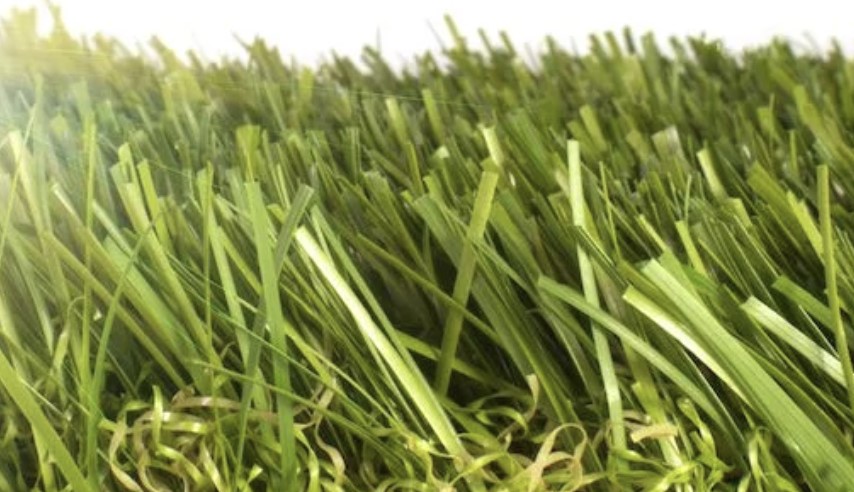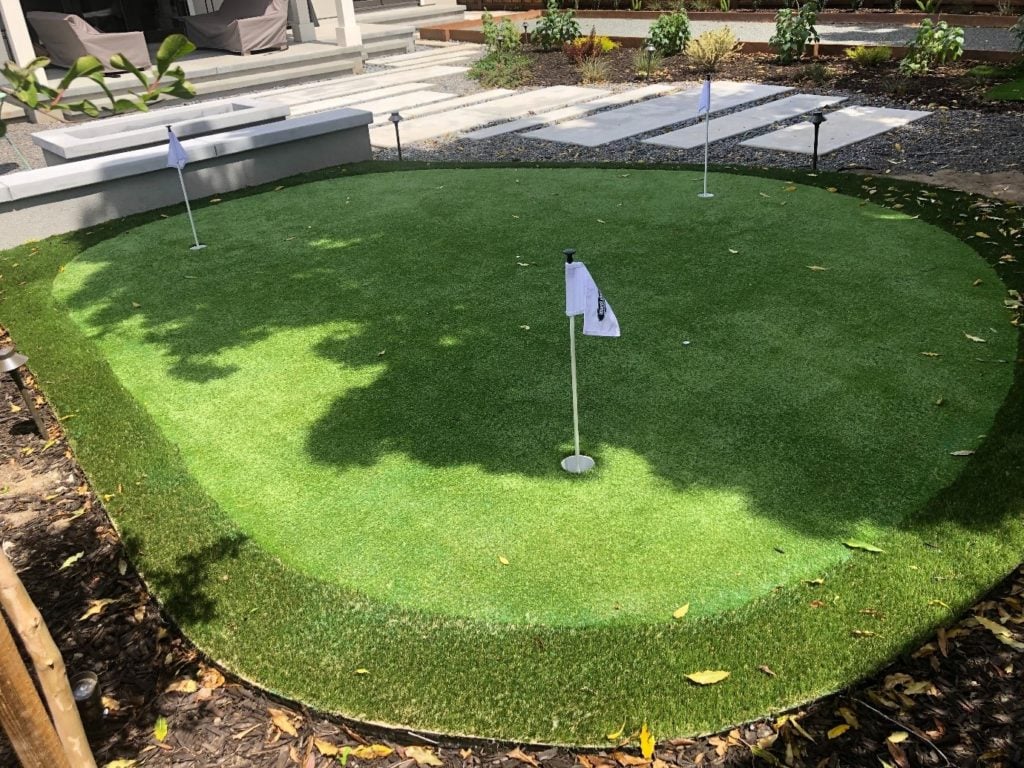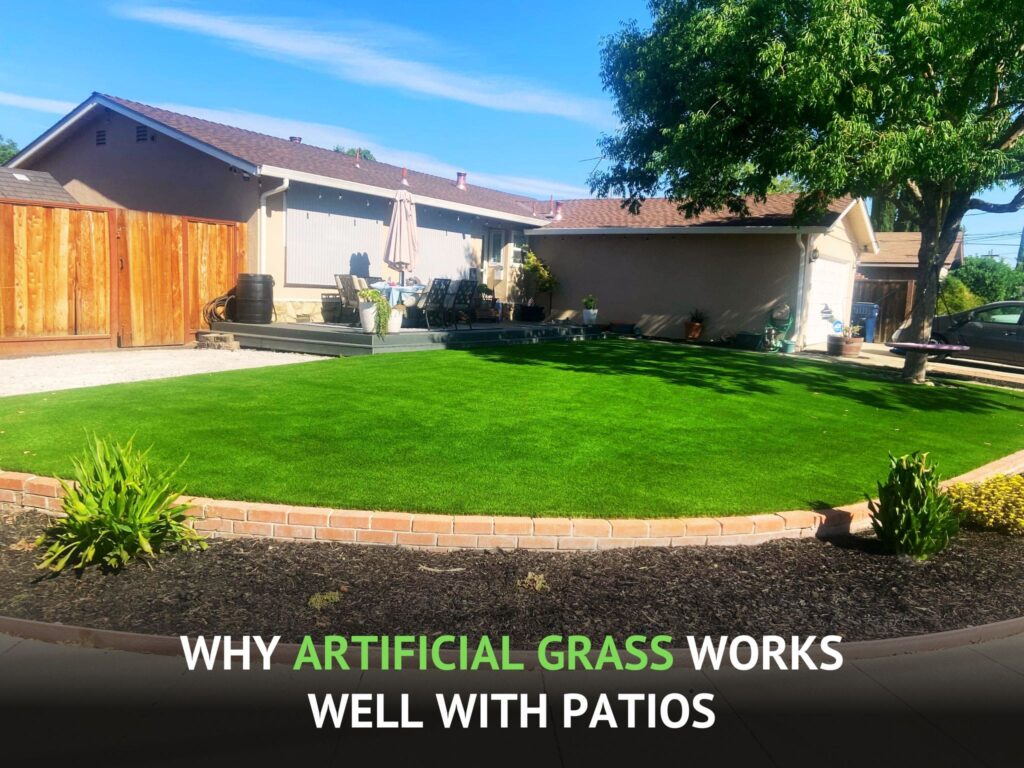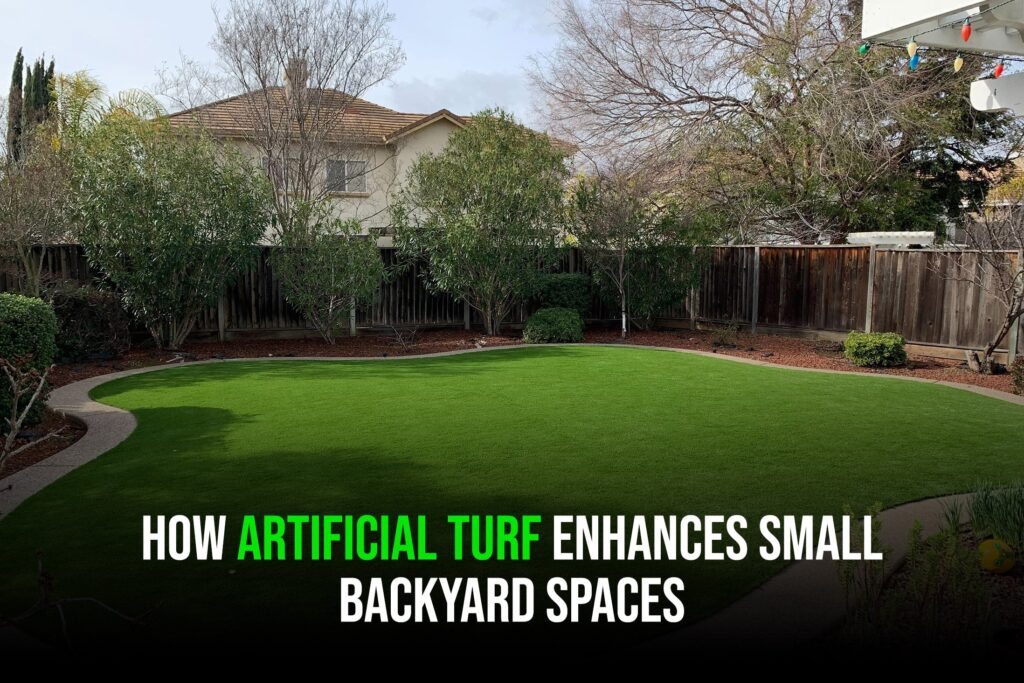Solving the 3 Common Problems with Artificial Grass
There are many benefits of using artificial grass on your property. The main one is the lower environmental impact. Consider that you need half a gallon of water for one inch of water per square foot of your property. While this may not sound like much, it means that every 10’x10′ section of grass requires 50 gallons of water. Another benefit is that your yard will look beautiful all year regardless of environmental factors. This is important, especially in Texas, where restrictions on water usage are common. On top of that, you don’t need to use fertilizers or other harmful chemicals on the lawn where your children will be playing. That said, it’s not all sunshine and roses with artificial grass, there are issues to be aware of as well. Read on to learn about some of the common problems with artificial grass and what you can do about them.
3 Common Problems with Artificial Grass
Many people opt to install artificial grass as a DIY project. We understand that it can be expensive to hire a professional contractor to do the work but it’s important that you understand that installing grass is not an easy job.
If you’re set on installing it yourself, keep these common problems in mind to avoid costly headaches with your artificial grass later on.
Problem #1: An Uneven Lawn
If you’re planning to install artificial grass without doing any excavation first, please stop now and hire a professional contractor. In all seriousness, if you lay artificial grass without excavating your lawn first, you’ll end up with a comically uneven lawn.
The solution to this problem is simple as long as you haven’t started laying grass yet.
In normal draining areas, you need to excavate to a minimum of three inches below the height of your lawn. If you’re laying artificial grass in an area with poor drainage, the excavation depth should be increased to four inches.
Remember that the excavation process should include weeds as well as grass.
Problem #2: Weeds Poking up out of the Artificial Grass
We really feel for DIY-ers who run into this problem. One of the reasons people invest in artificial grass is so that they don’t have to spend time maintaining their lawn. So imagine their horror when weeds start poking up from their artificial grass.
You can prevent this problem from occurring by installing a weed membrane in the subgrade. As professional installers, we actually install two layers of weed membranes. The first on the subgrade and then a second on the laying course.
Problem 3: Your Lawn Has a Zigzag Pattern
Much like a carpet, artificial grass has a pile direction. This means that each fiber of grass has the tendency to point in one direction.
If you don’t match the pile directions on your pieces of artificial grass, you’ll end up with not just a subtle zigzag, there will also be much less subtle alternating gradients in the color.
To avoid this problem, install each piece so that the pile is facing towards your house. This way, you can be sure they all face the same way and the grass will look its best when viewed from your home.
When to Hire a Professional
This is far from an easy DIY project as there can be many problems with artificial grass. If you’re at all uncertain about the process, we recommend contacting a contractor to at least guide you through the process.
No matter how big or small your project is, get in touch with us today about all your artificial grass needs.




